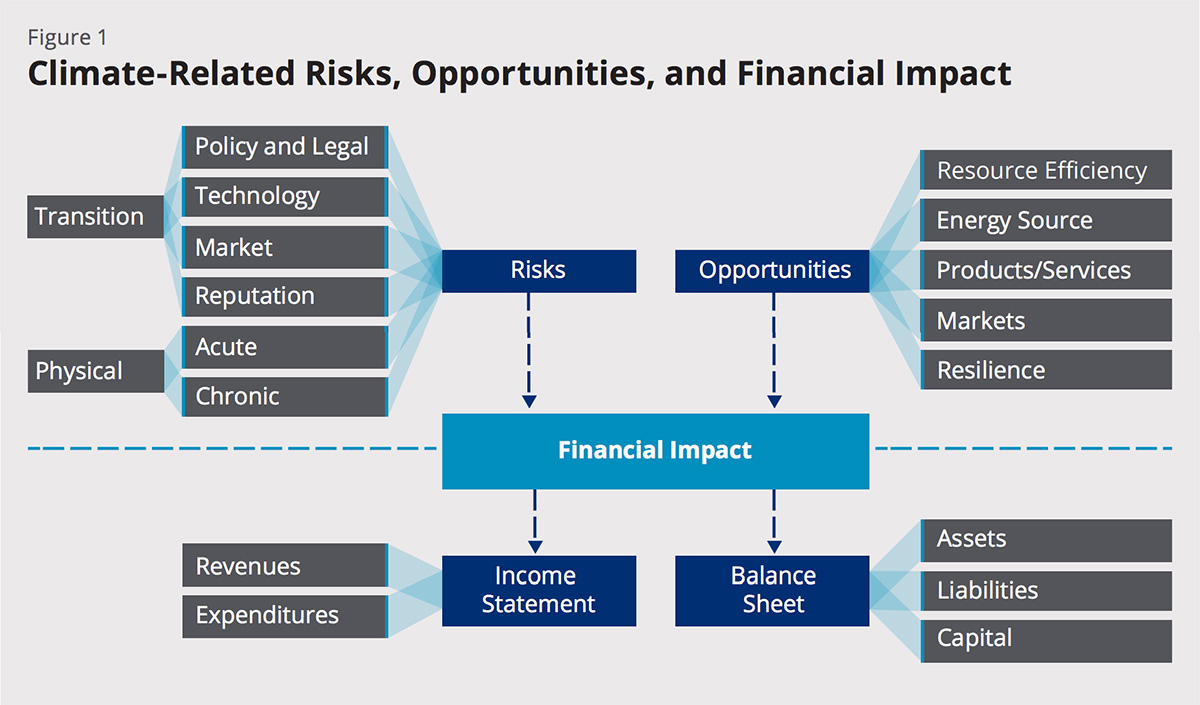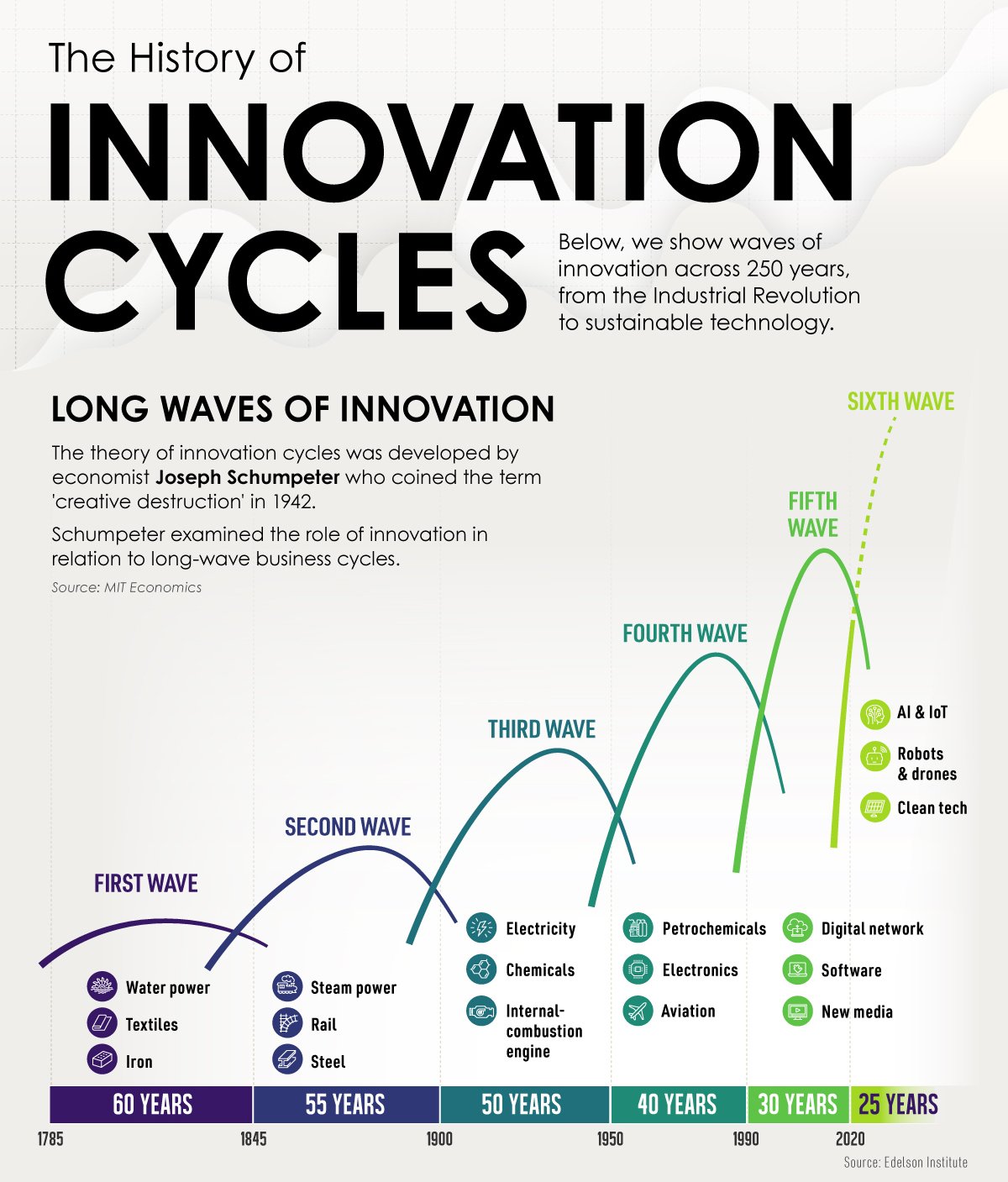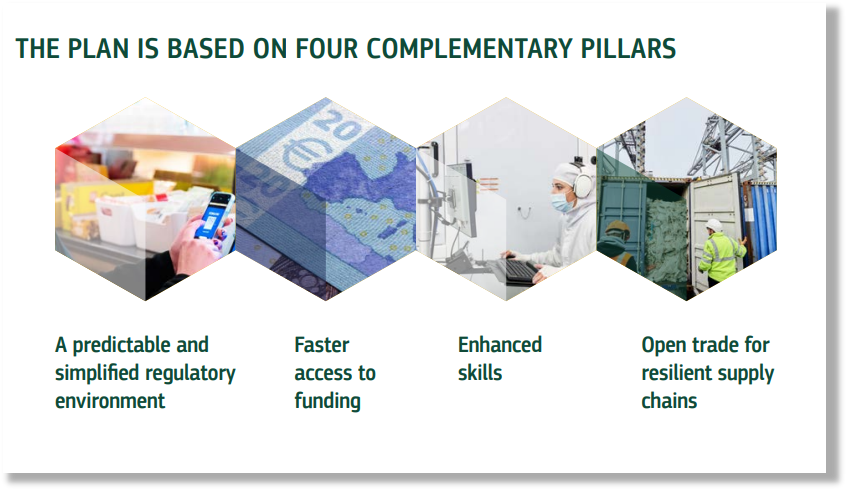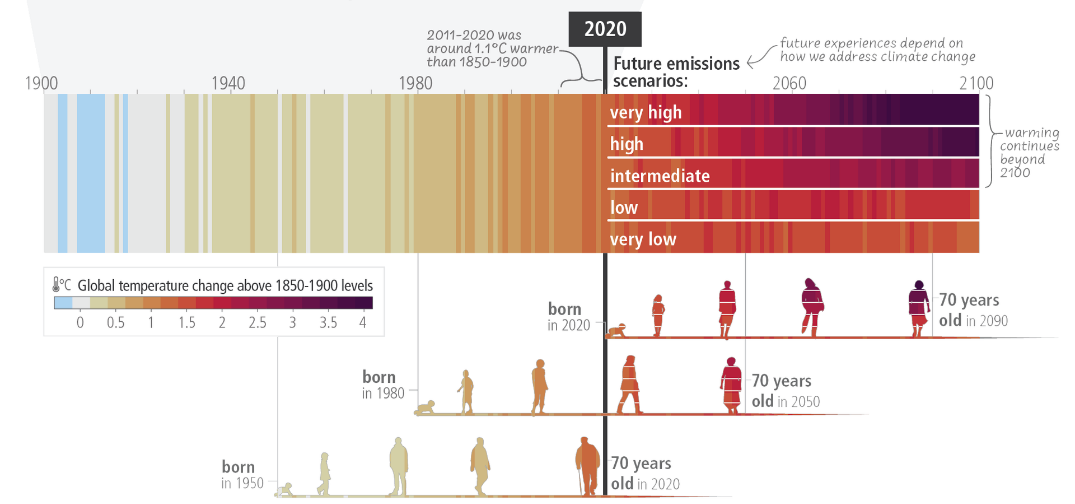Innovate or disappear: why businesses stuck in the past won't survive the climate revolution


· 10 min read
Paul Poulman and Andrew Winston, explained in their book Net Positive how leaders are avoiding the topic of climate change.
“Climate change was once an elephant in the room. Top leaders avoided talking about it. Leaders pretend to be blind, acting like they don’t know the issues are, but it’s not true. They know damn well these are elephants: they know the general shape and size of the problem. But they either don’t care or avoid the topic because they don’t want to spend money or deal with stakeholders.”
This book was one of the best books I read about how to manage sustainability in business. It has many concise explanations of how to embed sustainability into business practice and why is it worth. It provides many answers on how courageous companies thrive by giving more than they take, about leadership, courage, setting goals, innovation, design, trust and transparency, how to create new partnerships with synergies and multiple effects, advocacy, and how to put values into action.
The truth is that no leader can build a great company alone. But what do today's leaders actually need to lead sustainable businesses? We have more knowledge than any other generation before us, and all the technologies to achieve anything. Halla Tomasdottir, CEO, The B Team, mentioned at the SDG Tent, in Davos, Switzerland, January 2023, that today’s leaders need a moral compass. I think most of us would agree on this.
The vast majority of the global educational system is based on the historical educational system which is about several hundred years old and is focused on separate areas: mathematics, languages, physics, history, geography, chemistry, pharmacy, biology, medicine, psychology, philosophy, economy, management, and more.
But the wicked problems we are facing today require new skills and competencies, that most of us did not learn at school. We can definitely say that today every job needs sustainable skills and competencies, technical and soft, to enable us to adapt to changes, understand complex systems, make socially and environmentally responsible decisions, solve complex problems, innovate, communicate effectively, and collaborate with others to achieve shared goals.
The EU Commission is trying to address sustainability competencies through the European sustainability competence framework
The green transition, also known as the shift towards a more sustainable and low-carbon economy, is placing several pressures on business models across various industries. Some of the most significant pressures that businesses are facing due to the green transition include regulatory pressure, stakeholder expectations, supply chain pressures, market and technology changes, public lawsuits, consumer demand, new generations' expectations, and demand for new skills.
Governments around the world are implementing regulations aimed at reducing carbon emissions, promoting sustainable practices, and energy and resource efficiency and sustainability reporting. According to the CUBE Data Report: The Evolution of ESG Regulation study, the EU is leading the way in the Environmental, Social and Governance regulatory movement with the most ESG-related issuances. At the moment in the EU, there are 148 legislative documents regarding achieving the goals of the EU Green Deal. CUBE report says there are altogether more than 50,000 ESG-related issuances made globally in the last five years.
States and businesses face also the Rise of Climate Litigation. The Harvard Law School Forum on Corporate Governance report explains there is a clear upward trend in the use of climate litigation. Until 2017, the total number of climate litigation cases was 884 across a total of 24 countries, with 654 of these cases being in the United States. By 2020, this number had nearly doubled to 1,550 cases across 38 countries. That is why ESG standards and transparency are crucial.
Figure 2: Climate-Related Risks, Opportunities, and Financial Impact

Source: 2017, TCFD
The green transition may require significant investments in new technologies, processes, and infrastructure. This may place financial pressure on businesses, especially smaller businesses with limited resources. But let’s not overlook some low-hanging fruit solutions, that businesses can implement immediately and for free. We also witness a rise of public and private green financial instruments, green subsidies and taxes that support the green transition of business.
Climate change is already having significant impacts on many industries, and some business models may not survive the transition to a low-carbon economy. Fossil fuel-based industries, high-emissions industries with high greenhouse gas emissions, such as cement production, steel manufacturing, and aviation, may face significant challenges as countries seek to reduce emissions. Unsustainable agriculture practices rely on intensive use of chemical fertilizers, pesticides, and monoculture farming methods. Single-use plastics industries, as awareness of the impact of plastics on the environment grows. Water-intensive industries, that rely heavily on water, such as agriculture, mining, and energy production, may face increasing challenges as water scarcity becomes more common due to climate change.
We saw throughout history that many companies that failed to innovate in the digital revolution are not on the business radar anymore: Nokia, Kodak, Xerox, Motorola, and others.
But the green transition and "climate revolution" is likely to create also several opportunities for innovative and sustainable businesses across a range of industries, while also supporting the global efforts to combat climate change. For example, we already see the rise in business in renewable energies, sustainable transport, green buildings, sustainable agriculture, energy efficiency, waste management, and circular economy practices. We also see the rise of services that offer products as a service and many other good practices presented by the Ellen MacArthur Foundation and others.
Figure 3: Innovations and business cycles in 250 years

Source: The Visual Capitalist
According to the CDP, a “Transition Plan” can enable a business to outline how it will deliver on its strategy to align with the latest and most ambitious climate science recommendations and keep itself in line or ahead of relevant policy goals for the organization.
A climate transition plan is a time-bound action plan that clearly outlines how an organization will pivot its existing assets, operations, and entire business model toward a trajectory that aligns with the latest and most ambitious climate science recommendations. i.e., halving greenhouse gas (GHG) emissions by 2030 and reaching net-zero by 2050 at the latest, thereby limiting global warming to 1.5°C.«. The core goal of climate transition plans is to reduce greenhouse gas emissions, primarily by shifting away from fossil fuels and promoting sustainable practices.
The development and implementation of clean technology solutions have been ongoing for many years and have gained momentum in recent times due to increased awareness about climate change and the need for sustainable practices. Global investment in the green transition is set to triple by 2030 from $1 trillion last year.
Figure 4: Green Deal Industrial Plan EU

Source: EU Commission, 2023
According to the Green Deal Industrial Plan:
A big risk to the whole green transition that does not have the answers yet is the dependency on raw materials – such as cobalt, nickel and lithium, which are used in everything from solar panels to electric car batteries, explains the Systemiq report. Most of these materials are mined and processed outside Europe. That is the important reason to consider introducing and supporting the circular economy principle faster and more effectively.
We hear very often that we are running out of time. It is hard to predict the future, but many scientists and experts believe that urgent and significant action is required within the next decade to limit the worst impacts of climate change.
Reports from the Intergovernmental Panel on Climate Change (IPCC) and World Economic Forum Global Risk Report 2023 are showing us the megatrends we are facing and that the consequences of our activities of business-as-usual models, and the use of fossil fuels, are putting the climate in an unstable position. The Stockholm Resilience Centre proves we already crossed four out of nine planetary boundaries.
Figure 5: Possible projected global temperature trends and how they would impact different generations

This decade will be decisive for the world to limit the rise in global temperatures and to take the necessary steps towards net zero. The stakes are high and the challenges complex – but there is a once-in-a-generation opportunity to use this imperative to act as a catalyst to invest in the clean energy economy and industry of the net-zero age (A Green Deal Industrial Plan for the Net-Zero Age, 2023).
First of all, businesses have to start measuring their ESG footprints, analyse climate risks and opportunities, set ambitious goals, select the right measurements, engage employees and stakeholders and, in the end, it should transparently communicate the progress. We will definitely see the acceleration of reporting due to EU directives: Corporate Sustainability Reporting, Due diligence, Sustainable Finance, Green Claims and other directives.
But the business should not get afraid and lost because of the different above-mentioned pressures. It should not “overlook the forest due to the trees”. It should find opportunities for sustainable purposes. Holistic and systemic approaches are today crucial for the business to become resilient. This transition will not be easy and we all (governments, businesses, individuals) have to step out of our comfort zone, change habits and values. No success can be achieved without sacrifice and that does not come overnight.
Last but not least, my conclusion would be that we are designing our new future and we need new solutions. Bottom-line we can say everything starts with the design: the design of new systems, organizations, products, services, experiences, and relationships. That is why design concepts should be taken into consideration more seriously.
I am glad my path crossed last year with 23 great partners in the EU Neue Bauhaus Horizon project DESIRE irresistible circular society. In this project, this message is now being crystalized. A great book Expand: Stretching the Future By Design explains this theory and practice.
The authors Christan Bason and Jens Martin Skibsted take us even beyond “design thinking” to challenge current habits and carve out new space for more sustainable innovation:
Today, it can seem as if the world has nothing but problems. And more than ever the boundaries of those problems are expanding in terms of the speed, scale, and impact by which they can alter business conditions, public governance, entire societies, the health of our planet, and the quality of our lives. Meeting these growing challenges requires ambitious new ways of designing solutions.
illuminem Voices is a democratic space presenting the thoughts and opinions of leading Sustainability & Energy writers, their opinions do not necessarily represent those of illuminem.
Glen Jordan

Sustainable Lifestyle · Sustainable Living
Gokul Shekar

Corporate Sustainability · Sustainable Business
Barnabé Colin

Biodiversity · Nature
Carbon Herald

Carbon Removal · Corporate Governance
Fibre2Fashion

Carbon · Fashion
Australian Financial Review

Carbon Market · Agriculture